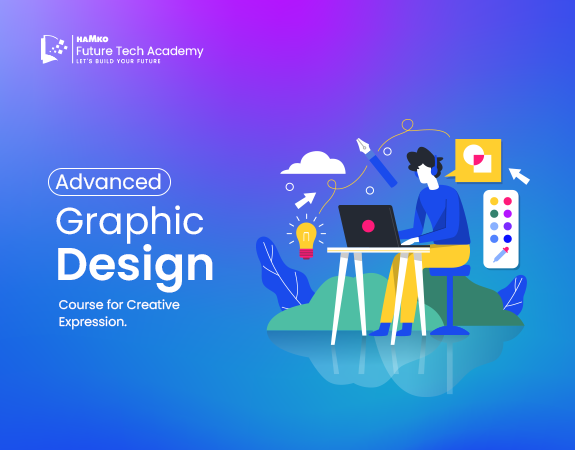

GRAPHICS DESIGN
Graphic design is the art of communicating visually. It involves creating and combining elements such as images, text, and colors to convey messages and ideas effectively. Graphic designers use their skills to develop layouts and designs for a wide range of applications, from business cards and brochures to websites and social media graphics.
Graphic design is not just about making things look good; it's about making them functional. In a world driven by visuals, a well-executed design can make or break a business. It establishes brand identity, creates a strong first impression, and helps convey information efficiently.
Color is a powerful tool in graphic design. Understanding color theory is essential to create visually appealing and harmonious designs. It involves concepts like color wheel, complementary colors, and color psychology.
Typography is the art of arranging text in a visually pleasing way. Choosing the right fonts, sizes, and spacing is crucial for readability and conveying the right tone.
Images and graphics play a central role in graphic design. Learning to select and manipulate images is a fundamental skill for any graphic designer.
Marketing heavily relies on graphic design. Effective advertising, social media posts, and branding all require eye-catching visuals to capture the audience's attention and convey the intended message.
Graphic designers use various software tools to create their designs. Some popular choices include Adobe Photoshop, Illustrator, and InDesign. Familiarizing yourself with these tools is a crucial step in becoming a proficient graphic designer.
To become a graphic designer, follow these steps:
A successful graphic designer possesses skills such as creativity, attention to detail, time management, and problem-solving. Additionally, proficiency in design software and an understanding of design principles are essential.
The field of graphic design is continually evolving. Staying updated with current design trends is crucial. Some of the latest trends include minimalist design, bold typography, and sustainable design practices.
User experience (UX) is greatly influenced by design. A well-designed website or application is more user-friendly and enjoyable to navigate, leading to higher user satisfaction.
Graphic design and web development go hand in hand. Web designers use their graphic design skills to create appealing websites, incorporating elements like layout, imagery, and typography.
As technology advances, the role of graphic design will continue to evolve. Augmented reality, virtual reality, and 3D design are some of the areas that will shape the future of graphic design.
Graphic design offers various specializations, including:
Your portfolio is your professional identity as a graphic designer. It should showcase your best work and your design style. A strong portfolio can help you stand out in a competitive job market.
If you're interested in pursuing a graphic design career, you have several options:
Graphic design is a dynamic field with a significant impact on various industries. It combines creativity, technology, and effective communication. Whether you aspire to become a graphic designer or want to enhance your design skills, this field offers endless possibilities for growth and self-expression.

0 Reviews
HAMKO Future Tech Academy envisions a world where every graduate is not just job-ready but industry-ready. We strive to be a leading institution in industrial attachment and outsourcing education, known for producing highly skilled professionals who drive innovation and progress across various sectors.

Send this course as a gift to your friends